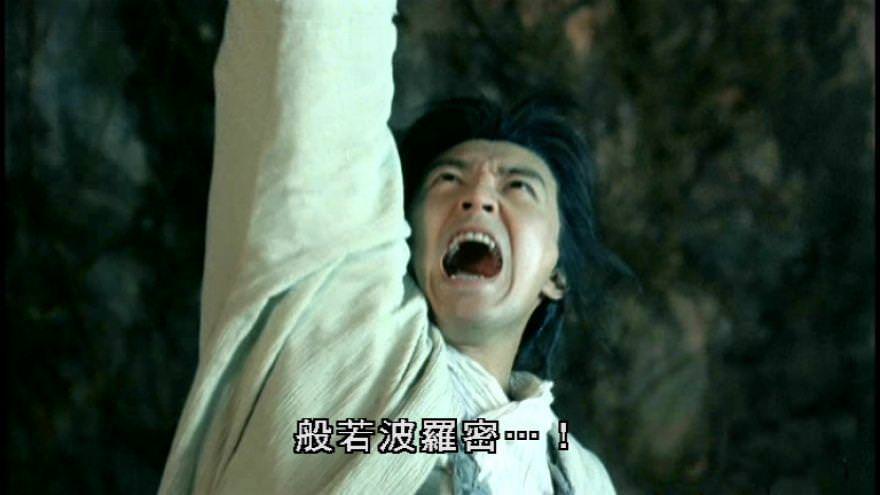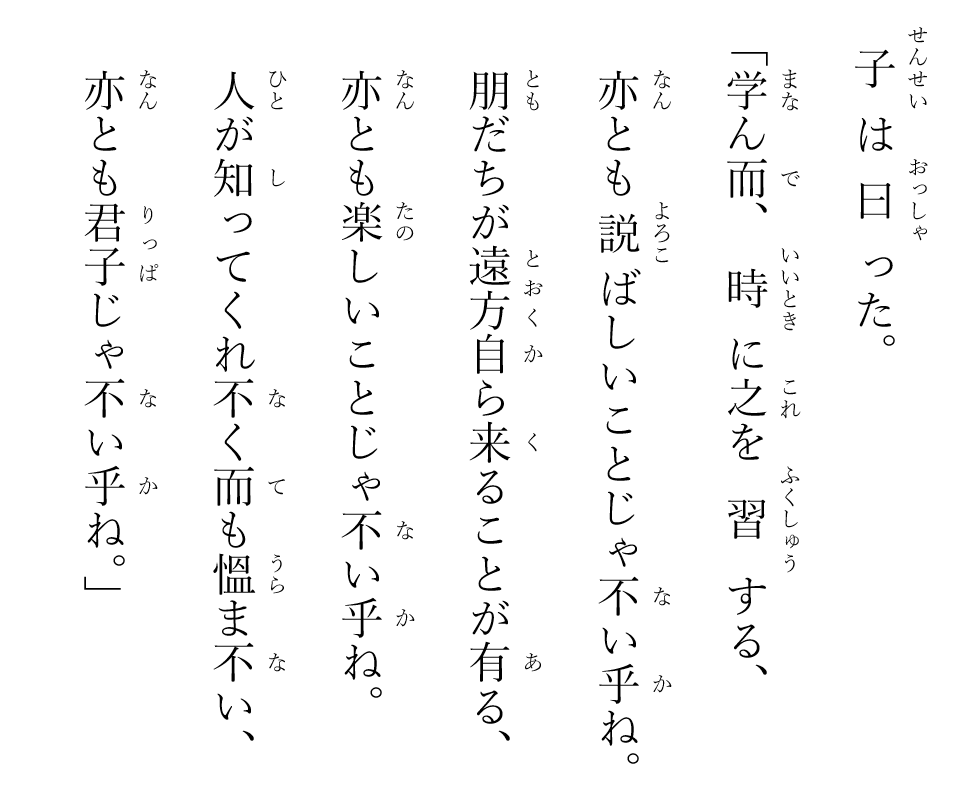On Dr. Ong Hean Tatt: Part I
Dr. Ong Heat Tatt is a botanist specializes in plant physiology. He was trained at the School of Biological Sciences, University of Malaya in the late sixties. In 1972, Ong completed his research on the physiology of the responses of plant tissues to changes in water economy and was awarded a PhD degree. However, the way I got to know Ong is via a book on Chinese culture written by him.
The title of the book is The Chinese Pakua: An Expose. I was deeply disturbed by some of the arguments expounded in the book, in which Ong, based on a book by Kang and Nelson, errorneously associate the origin of some of the Chinese characters with the Biblical stories.
Following Kang and Nelson, Ong sectionalized the Chinese character "禁" (meaning forbidden) to the following components: "木" (tree) + "木" (tree) + "示" (God/divinity) and proceed to explain the character as follows:
Actually, "禁" is an ideogrammic assembly of two pictographs: "林" (forest) + "示" (God/divinity). According to Xu Shan (徐山), it should be explained in this way:
The title of the book is The Chinese Pakua: An Expose. I was deeply disturbed by some of the arguments expounded in the book, in which Ong, based on a book by Kang and Nelson, errorneously associate the origin of some of the Chinese characters with the Biblical stories.
Following Kang and Nelson, Ong sectionalized the Chinese character "禁" (meaning forbidden) to the following components: "木" (tree) + "木" (tree) + "示" (God/divinity) and proceed to explain the character as follows:
God created two trees in the Garden, and He forbade Adam and Eve to eat the fruits of one of the tree.Anyone equipped with some basic training in Chinese lexicography would definitely scoff at this nonsense.
Actually, "禁" is an ideogrammic assembly of two pictographs: "林" (forest) + "示" (God/divinity). According to Xu Shan (徐山), it should be explained in this way:
In ancient times, religious ceremony conducted in woods/forest is a sacred activity. Only certain groups of people are allowed to participate. Commoner is strictly prohibited.[See Xu Shan (2003) Note on the Word "Jin", Journal of Southern Yangtze University (Humanities & Social Sciences) 2(5), p. 68; Abstract: This paper explains the form meaning of xiaozhuan Jin (禁), with a conclusion that the associative compound character Jin is made up of two parts: Lin (林) and Shi (示). The explaination of character Jin as a pictophonetic character in Shuowen (说文) is incorrect. The form meaning of Jin is to offer a sacrifice to gods or ancestors in the woods, and the original meaning of the word Jin means the place of woods where a ceremony is held is the forbidden area, where the ordinary people who are not related to the ceremony are forbidden to enter; 徐山 (2003) 释“禁”, 江南大学学报(人文社会科学版) 2(5), p. 68; 摘要:文章分析了“禁”字的小篆形体,其形体为“从林,从示”的会意字,《说文》将“禁”字分析为“从示,林声”的形声字,不确。“禁”的形体义为在树林中举行祭祀活动,而“禁”, 一词的本义是指该祭祀场所的“林”为禁地,即一般的非祭祀人员不可入内]





Comments